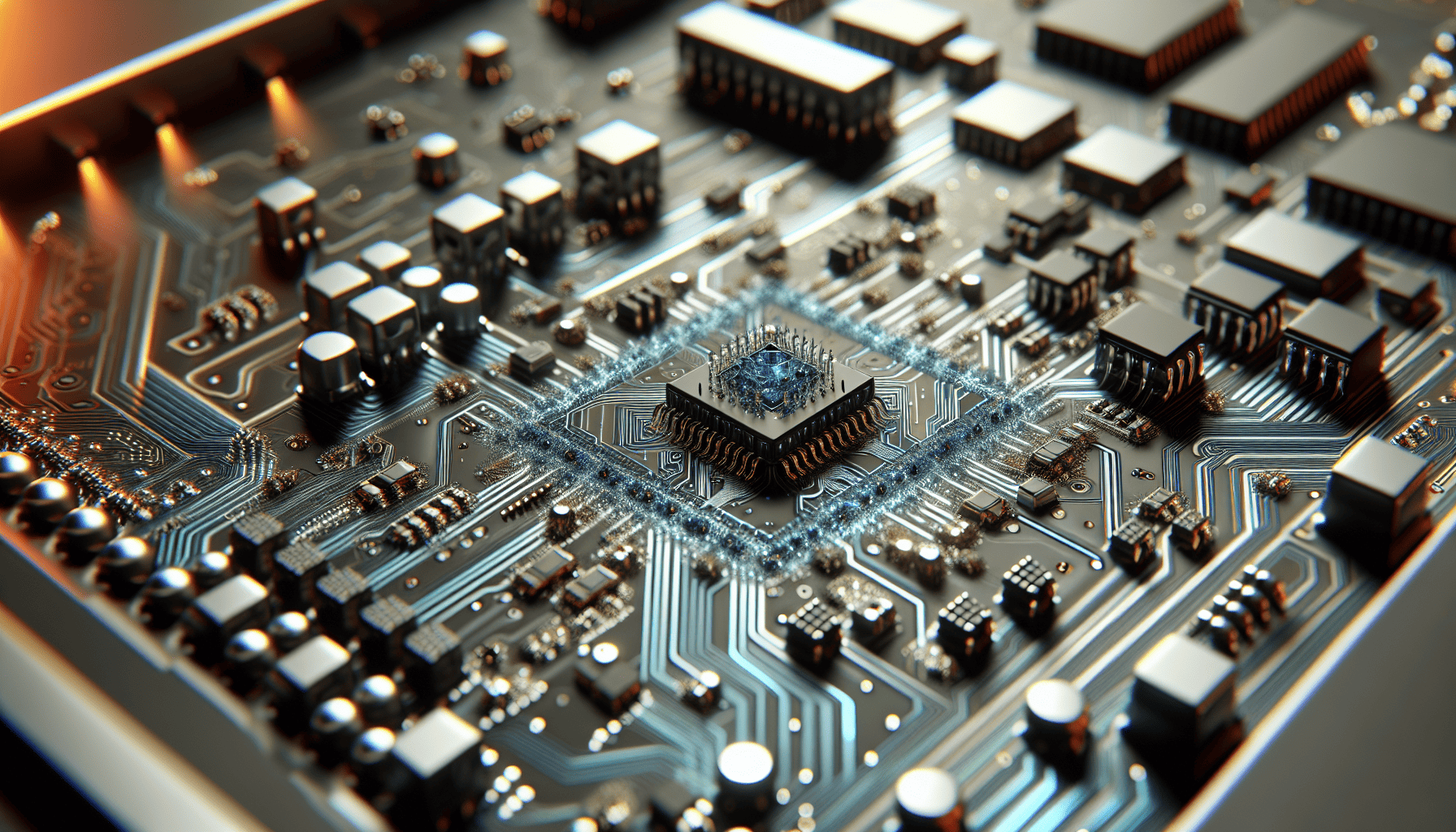In the ever-evolving world of electronics, the demand for smaller, faster, and more efficient devices has driven scientists and engineers to explore the frontiers of nanotechnology. This cutting-edge field is revolutionizing the way electronic devices are designed and manufactured, offering new possibilities that were once limited by the constraints of traditional microelectronics. Among the most promising advancements are nano circuits, which are set to redefine the capabilities of transistors and integrated circuits.
Nano circuits are essentially miniature versions of traditional electronic circuits, built at the nanometer scale. To put this into perspective, a nanometer is one-billionth of a meter, meaning these circuits are often merely a few atoms wide. At this scale, quantum mechanical effects become significant, enabling unique properties and behaviors that are not present in larger, conventional circuits.
One of the major breakthroughs enabled by nanotechnology in electronics is the development of the nanotransistor. Traditional transistors, the fundamental building blocks of electronic devices, have been scaled down over the decades to enhance performance. However, as these components shrink to nanometer dimensions, they encounter physical and quantum limitations such as increased power leakage and heat generation. By employing nanotechnology, researchers have developed new materials and designs for nanotransistors that overcome these barriers. For instance, utilizing materials like graphene and carbon nanotubes which exhibit remarkable electrical, thermal, and mechanical properties at the nanoscale.
Graphene, a single layer of carbon atoms arranged in a two-dimensional honeycomb lattice, provides exceptional electron mobility, allowing for faster electronic switching. Carbon nanotubes, on the other hand, offer extraordinary strength and flexibility while maintaining excellent conductive properties. These materials are paving the way for transistors that not only occupy less space but also consume less power and operate at higher speeds.
The impact of these nanoscale innovations is profound when integrated into circuits. Nano circuits can potentially transform the architecture of integrated circuits (ICs), which are collections of millions or even billions of transistors working in synergy. By employing nanotechnology, ICs can achieve unprecedented levels of miniaturization and performance, enabling more compact and powerful microprocessors.
Moreover, the benefits of nano circuits extend beyond mere size reduction and performance enhancement. These innovations are crucial for the development of new technologies such as flexible electronics, wearable devices, and even quantum computing. Flexible electronics, for instance, require components that can operate reliably on bendable substrates, a task well suited to the lightweight and resilient nature of nanomaterials.
The potential for applications in quantum computing is particularly exciting. Nano circuits can leverage quantum phenomena like superposition and entanglement, leading to qubits that outperform classical bits in terms of processing power and parallel computations. This could lead to breakthroughs in fields ranging from cryptography to drug discovery, offering solutions to complex problems that are currently unsolvable with traditional computing.
As we look to the future, challenges still remain in the field of nano circuits. Manufacturing at such a small scale requires precision and innovation in fabrication techniques, and addressing issues related to scalability and cost-efficiency is critical for widespread adoption. Nonetheless, the potential benefits far outweigh these challenges, driving research and investment in this promising area of electronics.
In conclusion, nanotechnology is indispensable in the journey towards reinventing electronics. Nano circuits bring unprecedented possibilities in designing smaller, faster, and more efficient devices, pushing the boundaries of what is achievable in modern technology. As research continues to explore and harness the fascinating properties of nanomaterials, the vision of a world seamlessly integrated with nanotechnology is becoming a reality, setting the stage for the next leap in electronic innovation.
